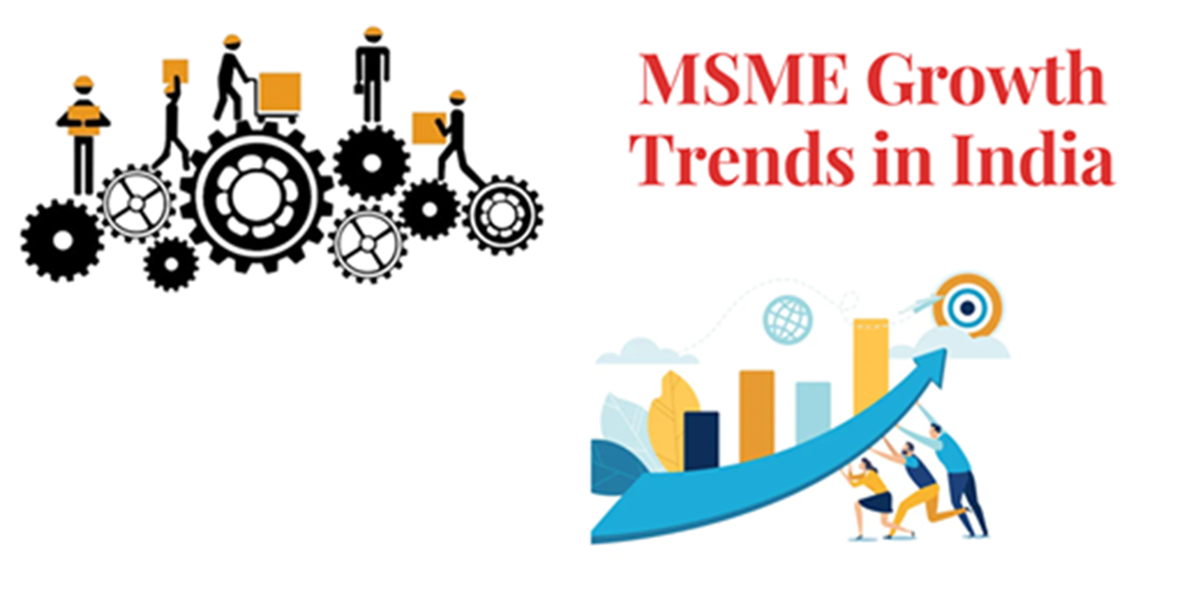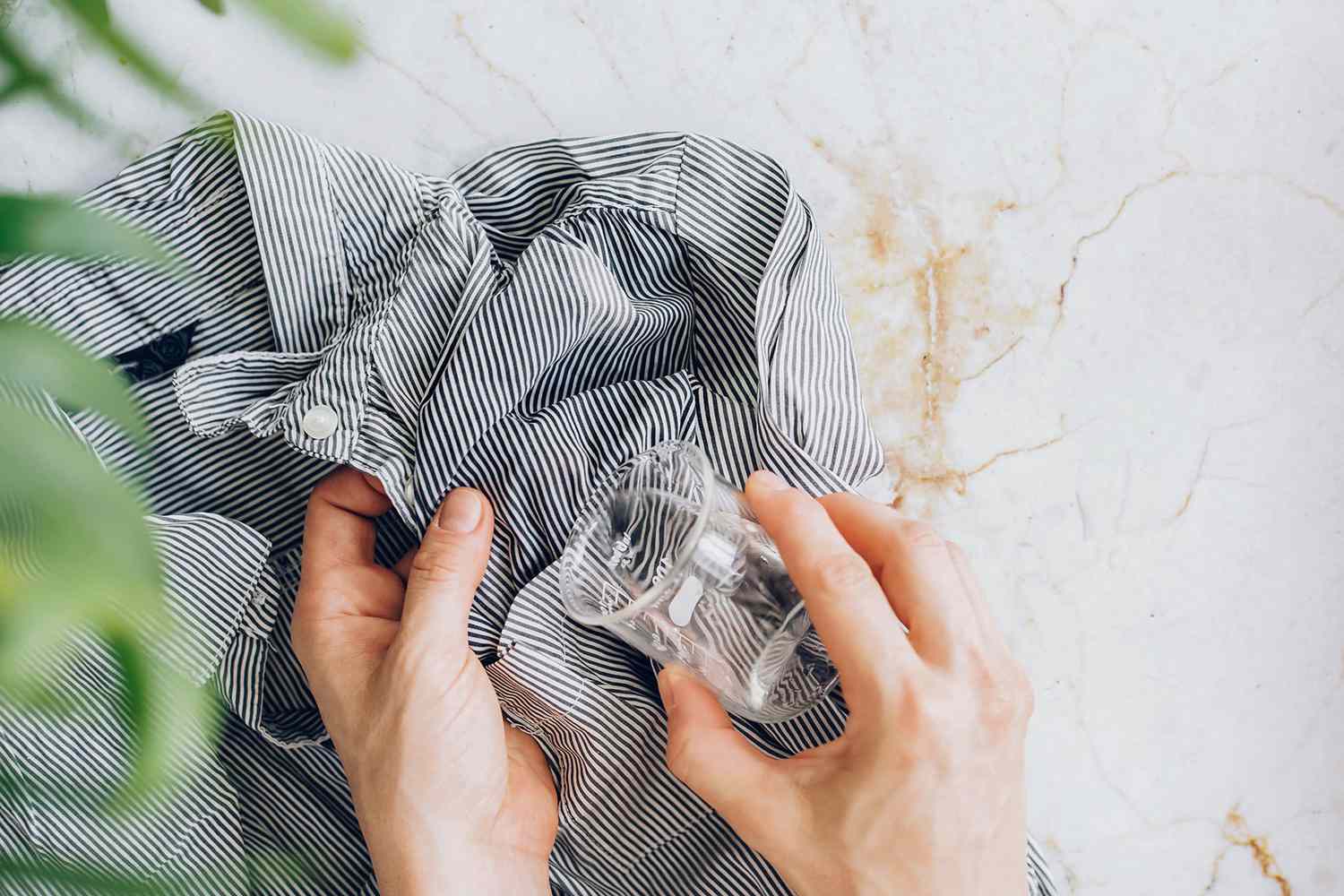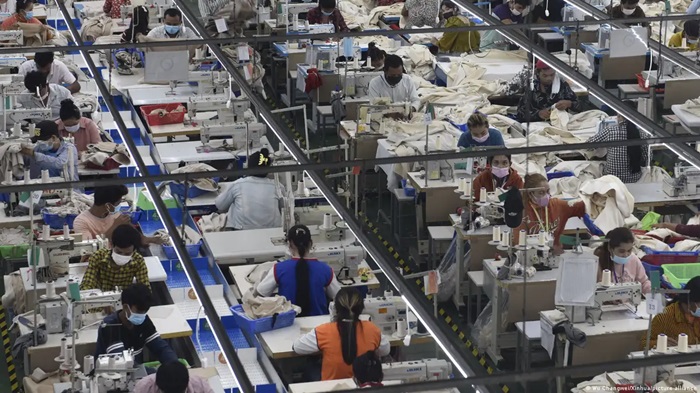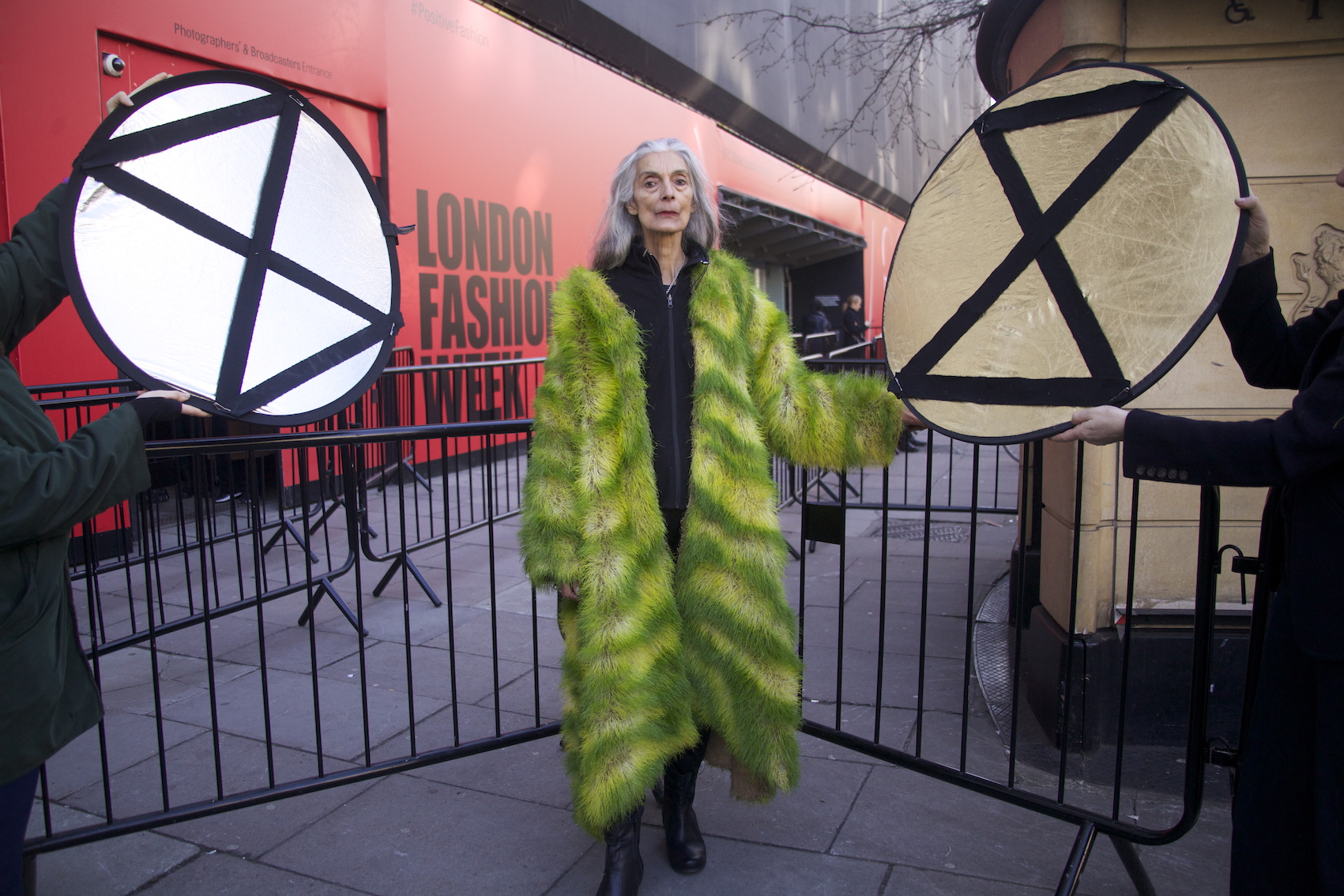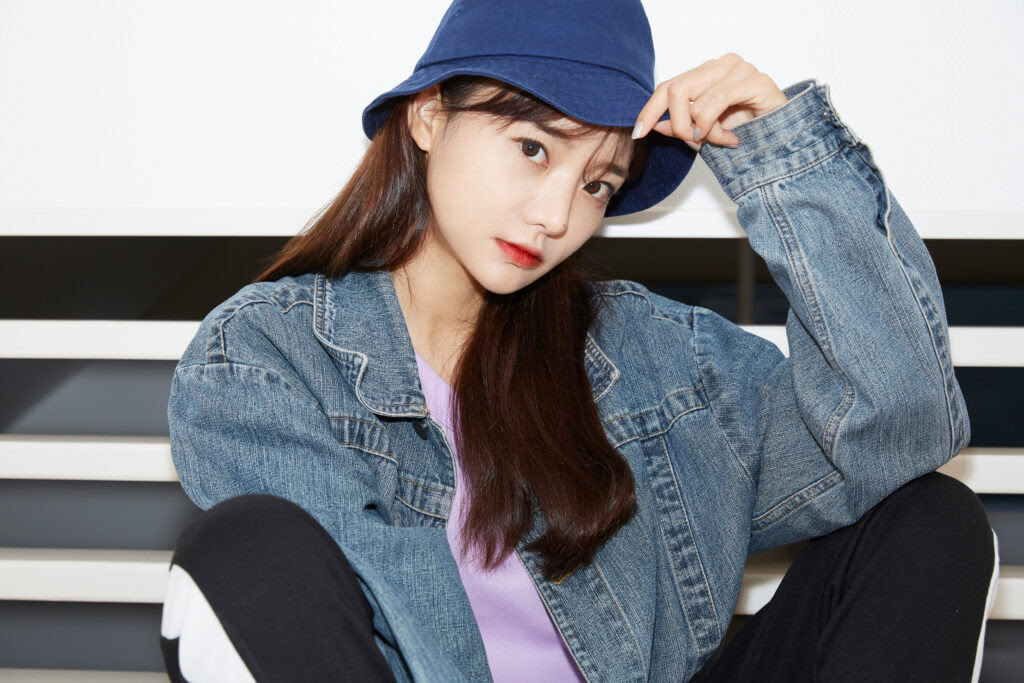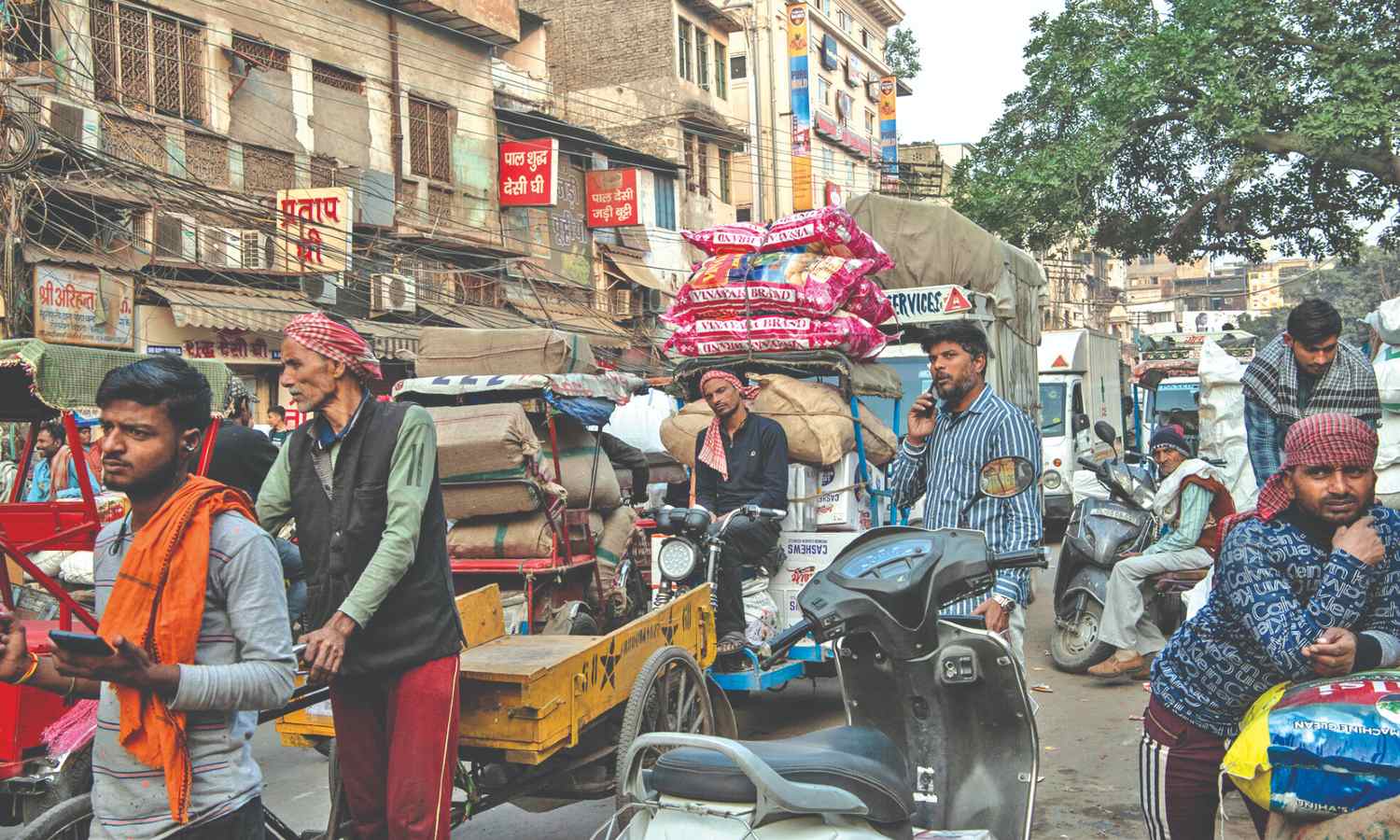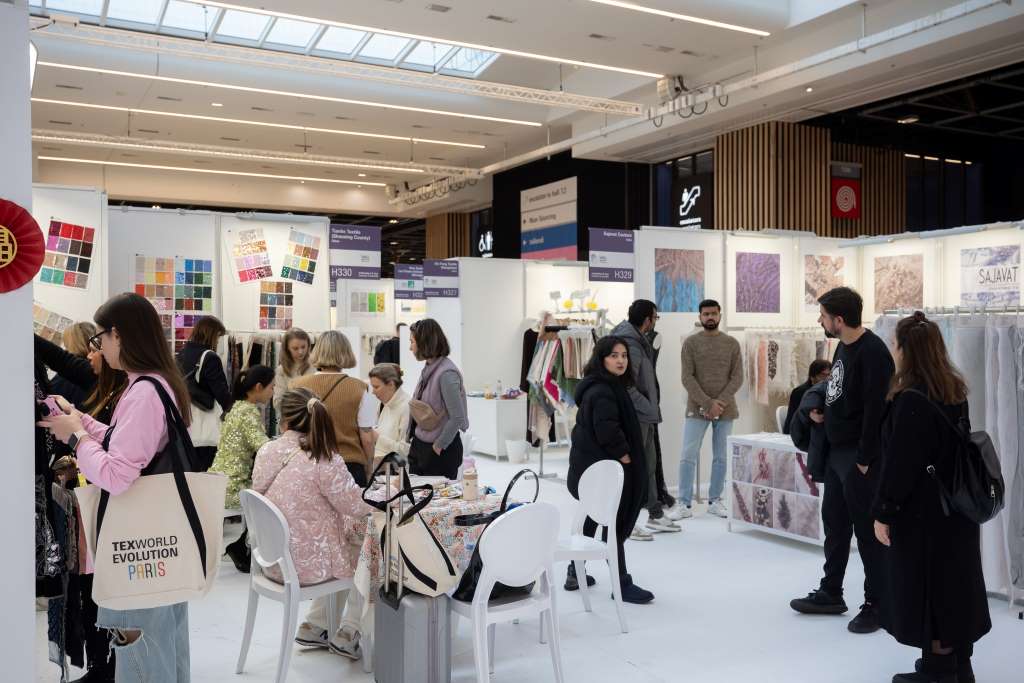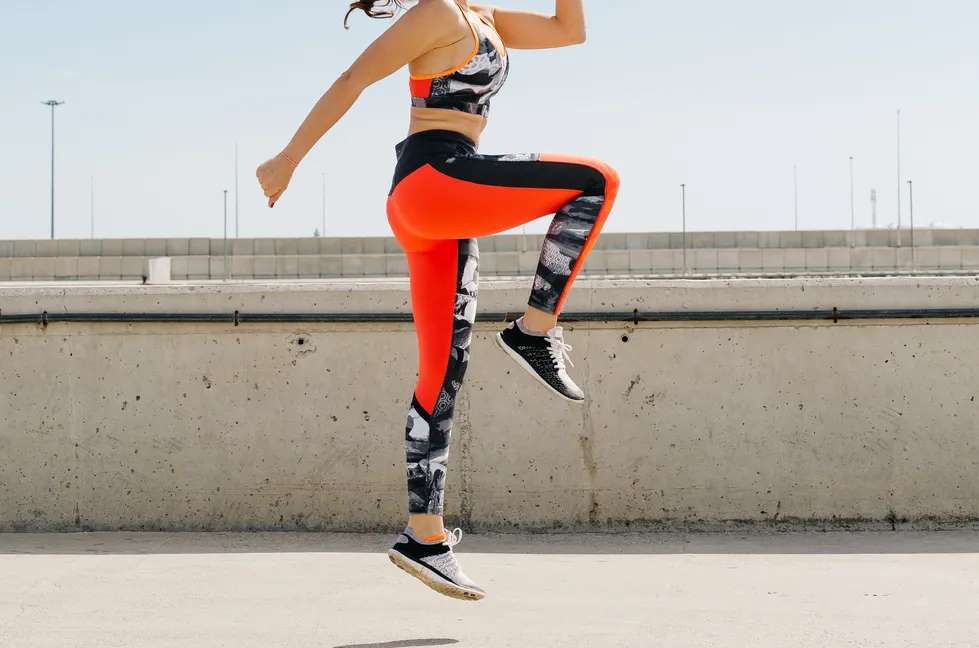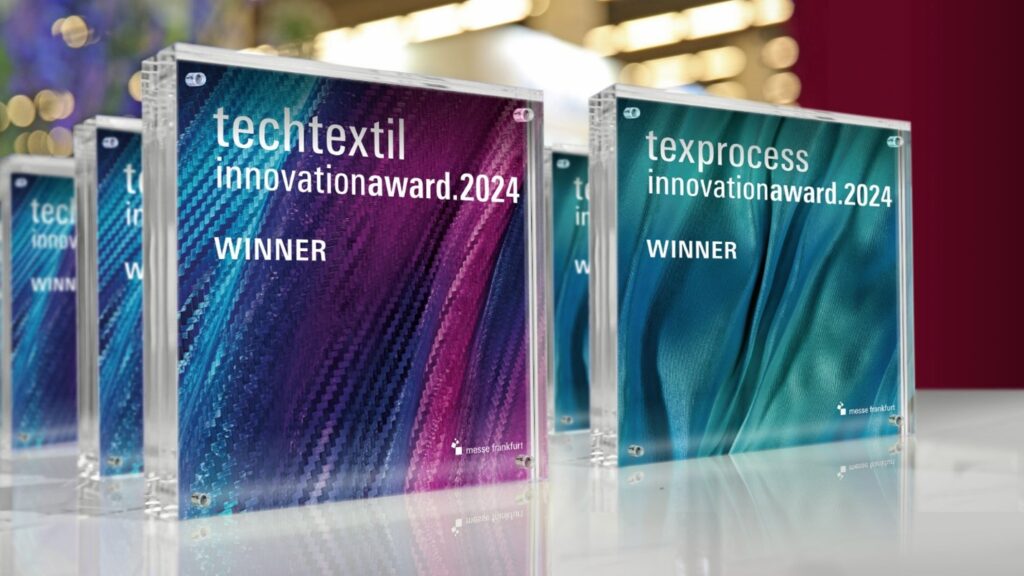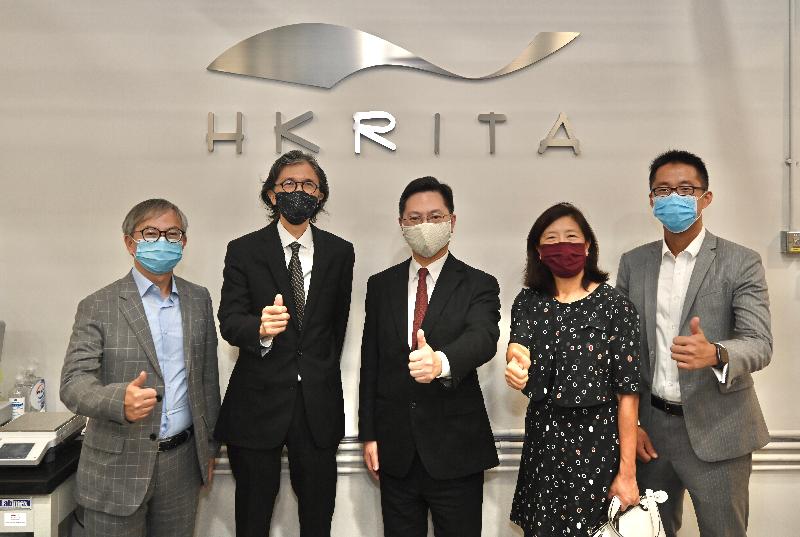FW
Kerala-based textile company Kitex is a vertical set-up with knitting and processing of fabrics, until finished garments are done in-house. Kitex is the world’s leading manufacturer of specialized infant apparel. Its products are sold in over 18 countries. The key market for the company is the US followed by Europe.
The company has set up a design studio in the US for value-added design services. Kitex clocked a marginal top-line growth of 2.04 per cent over the previous year. The company has been allotting regular capex for improvement of technology and infrastructure and is in the process of upgrading its current facilities so as to expand its capacity.
The facility in Kerala covers an area of 1,80,768 sq ft, one of the largest in the world under one roof. The garmenting unit uses latest machinery for pattern Computer-Aided-Design, plotting and grading. It has automatic spreader machines which enhance the speed of spreading and automated cutting machines for faster and precision cutting. Kitex employs nearly 4,372 people with a daily capacity to manufacture 3,60,000 units of infant garments.
Kitex will invest Rs 400 crores in subsidiary companies to increase manufacturing capacities. Having an integrated and traceable value chain which meets global standards at various stages of the product supply chain is the key differentiator for Kitex.
India’s trade deficit with China is a matter of concern as it has been increasing over the years. In 2010-11 to 2013-14, India was a net exporter of textile and apparel products to China. However, after that India’s trade deficit with China started widening.
Among the few items where India is more competitive than China is cotton based textiles like yarn, fabric and made-ups. However, competing countries such as Vietnam, Indonesia, Pakistan and Cambodia enjoy duty free access to the Chinese market while Indian products carry 3.5 per cent, 10 per cent and 14 per cent duty on yarn, fabric and made-ups respectively.
India is a market leader in cotton yarn but lost almost 50 per cent of its market to Vietnam over the last three years, creating excess capacity in the system. India’s cotton yarn exports to China have decreased 53 per cent from 2013 to 2017 while Vietnam’s exports of cotton yarn to China have increased by 88 per cent during the same period. Moreover the profit margins in cotton textile industry are thin, in single digits. Therefore, the industry is sensitive to even small changes. If a level playing field is given to India, like its competitors, it can double its exports plus reduce its trade deficit with China.
German luxe fashion brand Hugo Boss’ sales in the second quarter of fiscal 2018 went up six per cent. Sales from the group’s own online business soared 47 per cent. In the wholesale business, sales picked up significantly by 10 per cent.
Ebitda before special items remained virtually unchanged compared to the prior-year period. Hugo Boss online store saw positive growth. Ebit was below the prior-year level, mainly due to the non-recurrence of other operating income recorded in the previous year. Following improved financial result, the decline in the group’s net income was lower as compared to Ebit.
The renovation of existing retail stores and the cross-channel integration and digitisation of the group’s own retail activities were the focus of investment activity in the second quarter. Overall, Hugo Boss recorded currency-adjusted sales growth of five per cent in the first six months of fiscal year 2018. Ebitda before special items was unchanged over previous year.
The group continues to expect currency-adjusted sales growth in the low to mid single-digit range. In addition, Ebitda before special items is expected to develop within a range of minus two to two per cent compared to the prior year.
Gujarat will come out with a new textile policy by the end of August. The policy aims at attracting Rs 1 lakh crores in investments and creating 10 lakh jobs in the textile industry over the next five years. The new policy is expected to dole out several incentives, including cheap power, to attract industries to the state. The textile industry will have GST reimbursed. The reimbursement will be given in lieu of sops given to the sector under the earlier value added tax regime.
Meanwhile, all schemes under the textile policy of 2012 will be continued in the new policy as well. The current textile policy, announced in 2012, will expire this September. A task force has been forced to study incentives offered under the textile polices of other states like Maharashtra, Andhra Pradesh, Telangana, Tamil Nadu and Uttar Pradesh. It may replicate many of their schemes given the geographical and industrial similarities between Gujarat and these states.
The new policy envisages a special thrust on garments and technical textiles and creating a direct link between cotton growers and industry. There will also be a focus on establishing textile parks within GIDC estates and in other parts of the state.
Southeast Asia and Europe are working toward for a free trade pact. This is their way of fighting protectionism and the threat of global trade wars. The US is embroiled in trade war with China and close allies including the European Union, imposing tit-for-tat tariffs on billions of dollars worth of goods and heightening fears of economic pain that could spread worldwide.
The EU has assured Southeast Asia countries that they can count on Europe as a free trade partner. The EU has been negotiating bilateral trade accords with several Asean states and hopes these will be the stepping stone towards a future region-to-region deal. There is concern over looming trade wars since a war has no winners.
Asean, a 10-nation region of 650 million people with some of the world’s fastest growing emerging economies, has been keenly forging free trade pacts among its members and regional trading partners. The EU and Asean launched talks towards a trade pact in 2007, but the EU opted out of the process two years later -- partly due to problems with the then-military ruled Myanmar. But both sides agreed to reboot trade ties last year with the possibility of an accord between the two regions.
Higher supply and pressure from buyers led cotton prices to drop over seven per cent in the Brazilian market in July. As for higher supply, it was due to the advanced harvesting of the 2017-18 crop. Some processors were trying to acquire only small amounts for prompt delivery, while others were focused on the delivery of the cotton previously purchased, which was still slow.
Several batches of cotton on sale had lower quality cotton, resulting in a fierce competition between purchasers and sellers regarding price and quality in July. As for future trades, agents were more active in the market in the first fortnight of July, when international quotes rose. Liquidity was higher in the domestic market and for exports, mainly for trades of batches from the 2018-19 crop.
At least 52.4 per cent of the 2017-18 production was traded, with 51.1 per cent allocated to the domestic market, 34.7 per cent for exports, and 14.3 per cent for flexible contracts, i.e. exports with an option to sell in the Brazilian market. About 75.9 per cent of the 2016-17 Brazilian crop has been harvested. Of this total, 62.3 per cent was allocated to the Brazilian market, 27.3 per cent to the international market, and 10.5 per cent to flexible contracts.
Dutch fashion brand Botter has made a unique, environment-centric fashion statement. It has come up with a unisex collection, which uses fish-shaped pool inflatables, nylon nets, and strips of plastic to accessorize its fashion-forward collection of boxy suits and street wear.
The idea is to focus on the pollution of the Caribbean, the waste washing on its shores, and how consumerism and oil exploration are destroying that region of the world. The brand also drew inspiration from lotto houses in Curaçao and the Dominican Republic.
Botter’s collections are forms of social commentary and bring up issues like discrimination and immigration. Vibrant and provocative, each collection focuses on the enormous potential of the rebellious youth that are seen as a constructive rather than ominous force. Each collection starts with diligent research for images, motives and ideas. One collection thematises the role of clothes as contemporary armor that can protect against prejudice and discrimination.
Fish or Fight is a collection that mixes street-style tropes with power-dressing staples. The fight in the title stands for the hardships one has to struggle with as a young immigrant from the Caribbean in Europe. Fish, on the other hand, refers to the destiny of those who stay in the region, where fishing is one of the few occupations young people can possibly get into.
Bangladesh has hiked corporate tax rate for apparel manufacturers and exporters to 15 per cent from the existing 12 per cent. And the rate of green factories has been increased to 12 per cent from the earlier 10. This is not being seen as a positive move by the industry, which is already facing price pressures, falling margins and rising operational costs.
This is especially true for owners of green facilities. In the first place, the investment on a green unit is high and so are the overheads and maintenance costs compared to a regular factory. The industry needs to come up with innovative solutions to cut costs and stay competitive. Some of the other ways to deal with this hike would be to increase efficiencies and go for value additions.
There is another separate 12.5 per cent tax structure proposed for public limited companies, which is seen as a move to encourage the participation of apparel units in the capital market – which is considerably low in Bangladesh. The only saving grace from the entrepreneurs’ point of view has been source tax has come down from the proposed one per cent and reinstated at the earlier 0.7 per cent.
"With Leatherworld Paris, Messe Frankfurt France intends to launch equivalent flexible materials such as fake fur - the quality and technical properties of which have improved considerably to the point of providing competition for genuine fur. This inclusion in Leatherworld has generated tremendous response with clothing manufacturers eager to attend the show. Leather and associated materials, especially those used for accessories, or often extensively for clothing, will be grouped here in one area, simplifying searches by prime contractors."
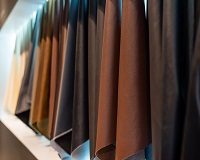 Messe Frankfurt France will hold Leatherworld Paris, an international trade fair dedicated to leather clothing, accessories and products and equivalent techniques from September 17-20, 2018 in Paris. Around 50 exhibitors are expected to attend this fair spread over 1,500 sq. m. that will be held under “The Fairyland for Fashion” banner and bring over 1,850 exhibitors together.
Messe Frankfurt France will hold Leatherworld Paris, an international trade fair dedicated to leather clothing, accessories and products and equivalent techniques from September 17-20, 2018 in Paris. Around 50 exhibitors are expected to attend this fair spread over 1,500 sq. m. that will be held under “The Fairyland for Fashion” banner and bring over 1,850 exhibitors together.
With Leatherworld Paris, Messe Frankfurt France intends to launch equivalent flexible materials such as fake fur - the quality and technical properties of which have improved considerably to the point of providing competition for genuine fur. This inclusion in Leatherworld has generated tremendous response with clothing manufacturers eager to attend the show. Leather and associated materials, especially those used for accessories, or often extensively for clothing, will be grouped here in one area, simplifying searches by prime contractors.
New synthetic materials with a leather effect have appeared in the interior furnishings, automotive and fashion sectors. They offer properties that leather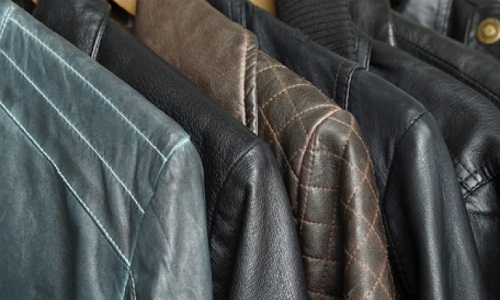 to date did not provide: waterproof qualities, affordable price, etc. These criteria are now becoming essential in order to respond to the global growth in consumption. A lack of supply and the high cost of genuine leather have driven the demand for imitation leather over the last decades, without forgetting the wish of some ready-to-wear brands to avoid using materials of animal origin, even entirely “fur-free”.
to date did not provide: waterproof qualities, affordable price, etc. These criteria are now becoming essential in order to respond to the global growth in consumption. A lack of supply and the high cost of genuine leather have driven the demand for imitation leather over the last decades, without forgetting the wish of some ready-to-wear brands to avoid using materials of animal origin, even entirely “fur-free”.
China remains the foremost supplier to France and Germany be it tanneries/taweries, small leather goods, gloves or footwear, which forms the main body of the products at Leatherworld, particularly for fake fur. Ecopel from Shanghai, the major supplier for fake fur and imitation leather, will also attend with its French representative. The Pakistani leather industry will also be represented by two firms with proven skills. Additionally, a range of leather goods from Lebanon in addition to three specialist leather firms from Turkey will also attend the fair.
Messe Frankfurt France will also organise a series of lectures on the latest happenings in the industry. A trends forum and a catwalk show combining leather clothing and accessories will round off this new offering.
The Tirupur knitwear cluster is looking to the Indo-Pacific economic corridor as it would open up traditional apparel markets abroad. The Indo-Pacific economic corridor is a treaty likely to have 12 countries, such as India, the US, Australia, Indonesia, Japan and New Zealand, on board. Under the treaty, each country is expected to provide a conducive climate for trade exchanges for other members and investment to develop infrastructure.
Especially in the apparel market, India could utilise the advantage, if the US, which has a traditional apparel market, has a lower import tariff and a softer approach. Apparel exporters in India could get a huge help from the corridor. The corridor will provide a platform for a select group of nations and it help others develop their economies. If the partners are provided preferred status by other nations, it will be a win-win situation for both sides.
Though the economic corridor has been mainly mooted to counter China, it will not affect China much, at least not in the apparel market. Since Chinese firms have already made big investments in countries such as Bangladesh, Vietnam and Cambodia, which are top competitors of India in the apparel industry, China may not feel the heat of the corridor.

